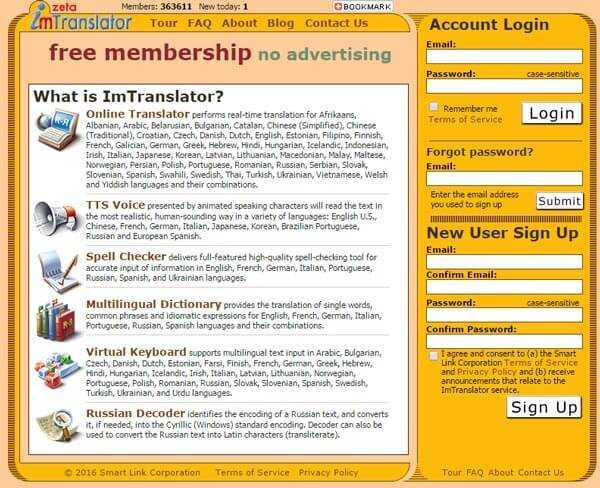
It’s almost always better to provide a native text-to-speech solution within your program or app. While screen readers and other types of adaptive hardware and software exist to allow users with disabilities to use inaccessible programs, these can be complicated and expensive. Users with vision problems may be unable to read text and interpret figures that rely on sight alone, so the ability to have content spoken to them instead of reading can mean the difference between an unusable program and a usable one. Text to speech is crucial for some users with disabilities. The best text to speech APIs also allow selection of accent and gender, as well as other options. This object can then be integrated into the program which made the request and played for the user. Once the API receives the request, it will return the equivalent audio object. Optionally, text can often be formatted using SSML, a type of markup language created to improve the efficiency of speech synthesis programs. How does a text-to-speech API work?įirst, a program sends text to the API as a request, typically in JSON format.

In most cases, text to speech refers specifically to text on a computer or other device. Text to speech (TTS), also known as speech synthesis, is the process of converting written text to spoken audio.

TTS APIs (text to speech APIs) can be used to enable speech-based text output in an app or program in addition to providing text on a screen.


 0 kommentar(er)
0 kommentar(er)
